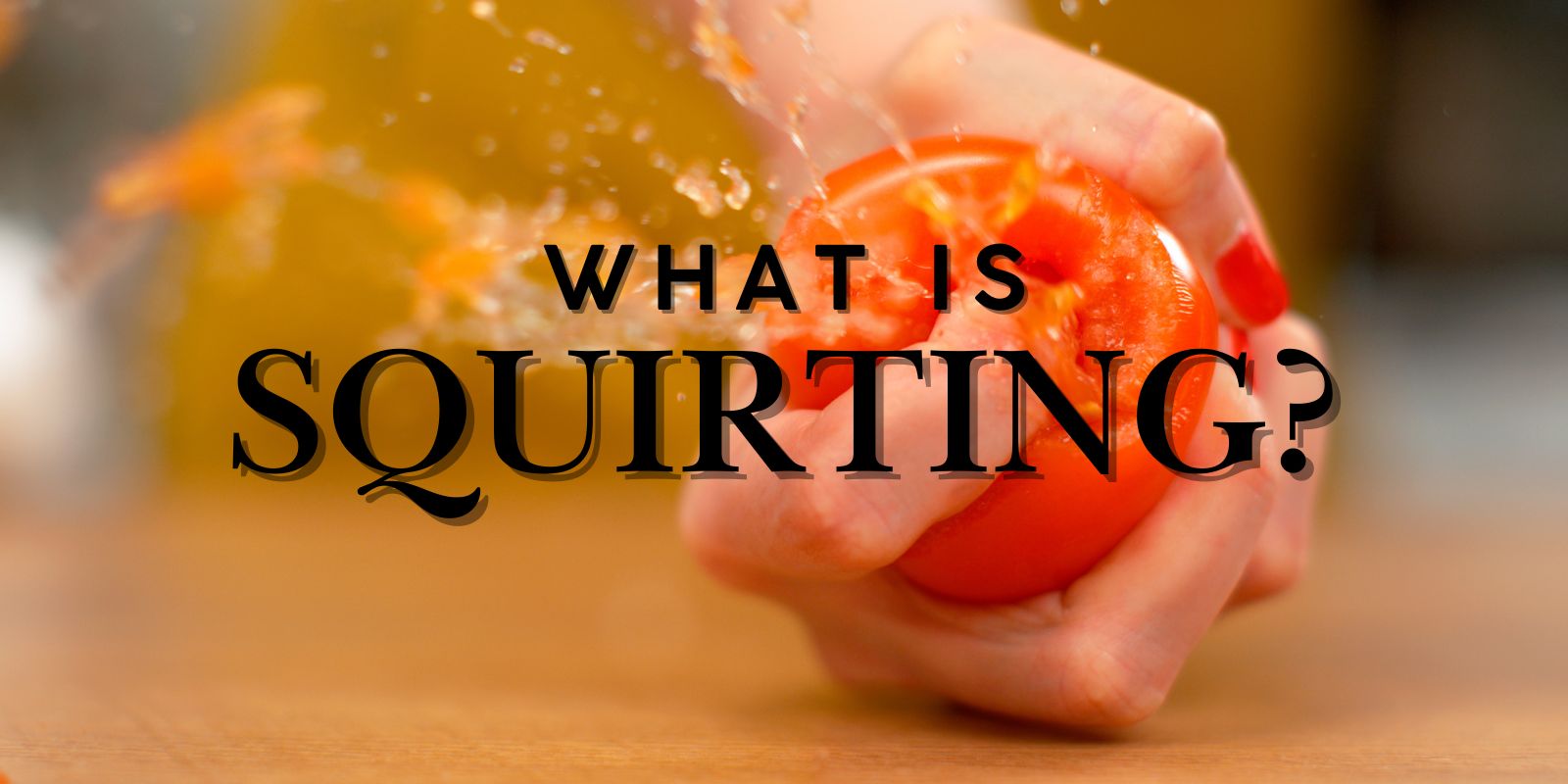What Is Squirting?
What is squirting captivates with its mystery and power. This fluid release marks peaks of pleasure for some. Myths swirl, yet science clarifies its roots and joy. It ties into kink play, turning vulnerability into triumph.
Table of Contents – What Is Squirting?
- Origins of Squirting
- The Science Behind Squirting
- Benefits of Squirting
- Techniques for Exploring Squirting
- Unlocking Squirting in Your Play
- Key Takeaways
- Frequently Asked Questions
Origins of Squirting
The question of what is squirting has intrigued people for centuries, appearing in ancient texts and artwork across cultures. In China, Taoist writings from the 4th century CE describe female fluids as a vital essence that nourishes the body. These texts praised the release for promoting health, fertility, and balance in life energy. Early societies viewed it as a sacred life force rather than something shameful or hidden.
In the West, early mentions date back to Aristotle around 300 BCE, who observed fluid expulsion during female pleasure. Galen built on this in the 2nd century CE, connecting it directly to arousal and ecstasy in Greek and Roman traditions. These accounts wove squirting into stories of divine passion and human connection. For a detailed timeline of these developments, explore the Wikipedia entry. Other global cultures quietly integrated it into rituals and lore, honoring its natural place in intimacy.
During the Middle Ages in Europe, strict purity norms largely suppressed open discussions of squirting. Still, it lingered in whispered folklore and erotic tales passed down in secret. The phenomenon resurfaced in the 1970s through modern pornography, sparking renewed curiosity and debate. This long arc shows squirting as a timeless thread in human expression, especially in kink where it ties to themes of power, surrender, and raw release.
The Science Behind Squirting
Squirting expels fluid from the urethra during climax. It mainly comes from the bladder, diluted urine mixed with prostatic-like secretions from Skene’s glands. Volumes range from drops to cups, odorless and clear. Studies show PSA traces, mirroring male ejaculation. Arousal swells these glands, building pressure for the gush.
G-spot stimulation often triggers it, swelling urethral sponge tissue. Not every orgasm leads here; factors like hydration play roles. Brain scans reveal intense reward centers light up, blending physical and emotional highs. This response varies by body, affirming no “one size fits all” in pleasure.
For pelvic strength tips, explore our Kegel exercises for men. Science debunks shame, affirming its normalcy across genders.
Benefits of Squirting
What is squirting brings profound physical release. The gush often accompanies full-body orgasms, easing tension like no other. It signals deep arousal, boosting confidence in one’s body. Partners find it a shared thrill, deepening bonds through vulnerability. This fluid expression ties into kink, where control meets surrender.
- Intensifies orgasms with euphoric waves and muscle contractions.
- Releases endorphins for post-play glow and stress relief.
- Enhances intimacy by inviting trust and open communication.
- Explores power dynamics in BDSM, amplifying submission highs.
- Promotes body positivity, normalizing diverse pleasure responses.
For kink connections, see our most common kinks. These perks make squirting a gateway to richer play.
Techniques for Exploring Squirting
Build arousal slowly to prime what is squirting. Focus on G-spot with curved fingers or toys in a “come hither” motion. Pair with clitoral circles for blended stim. Hydrate well beforehand, as fluids draw from bladder reserves. Breathe deeply to relax pelvic floor, letting pressure mount without force.
Experiment in positions like doggy or missionary with legs up. Use lube generously for glide. Edge close to climax, then pause to heighten build-up. Communicate with your partner on sensations and boundaries. Toys like G-spot wands amplify the quest, turning curiosity into discovery.
Aftercare matters post-squirting. Towels ready ease cleanup. Debrief on what worked, fostering growth. Patience pays off, as not every session yields a gush. For step-by-step insights, visit Natural Cycles. This journey celebrates the body’s wild potential.
Unlocking Squirting in Your Play
Embrace what is squirting as part of your kink repertoire with preparation and mindset. Set a relaxed scene with dim lights and favorite tunes. Hydrate lightly to aid fluid production without overload. Trim or style pubic hair for comfort—our pubic hair care guide offers tips. Release any pressure to “perform,” as the goal is joy, not outcome.
During play, focus on breathwork to loosen the pelvic floor. Visualize the release as a wave crashing free. As a kink educator who’s led workshops on fluid dynamics, I’ve watched participants shift from self-doubt to triumphant soaks, realizing squirting as a badge of bold surrender rather than a hurdle. After, celebrate with cuddles and hydration. This approach turns exploration into empowerment.

Key Takeaways – What Is Squirting?
- Squirting roots in ancient honors, evolving into modern kink celebration.
- Science confirms it as a natural, PSA-rich fluid from arousal highs.
- Benefits include euphoric release and deeper intimacy bonds.
- Techniques like G-spot focus and edging unlock the potential gently.
- Mindset and prep make squirting a joyful, pressure-free adventure.
Frequently Asked Questions
What is squirting exactly?
A clear fluid release from the urethra during orgasm. Tied to G-spot play, it’s distinct from urine.
Is squirting the same as female ejaculation?
Often yes, but squirting is the gush; ejaculation is smaller, milky fluid from Skene’s glands.
Can anyone learn to squirt?
Many can with practice. Not everyone does, and that’s fine—pleasure varies.
Does squirting mean a stronger orgasm?
Usually, yes. It amplifies intensity through full-body waves.
How to clean up after squirting?
Towels or waterproof sheets help. Hydrate and rinse for ease.
Cassandra Smith is a yoga instructor sharing tips on wellness, mental health, and intimacy—focusing on self-awareness, balance, and daily mind-body care.



Leave a Reply